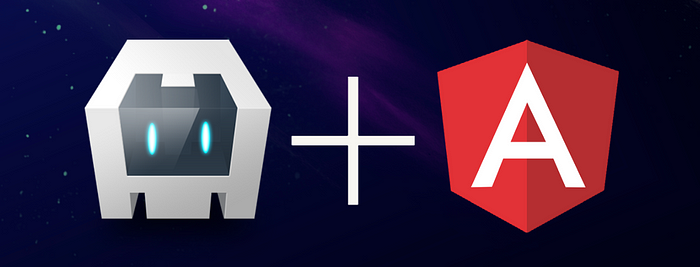Creating mobile applications using Angular and Cordova involves a combination of web development skills and understanding of mobile development frameworks. Angular provides a robust framework for building dynamic web applications, while Cordova allows these applications to be packaged as mobile apps accessible on iOS and Android devices. Here’s a step-by-step guide to get you started:
1. Setting Up the Development Environment
- Install Node.js: Ensure you have Node.js installed on your system as it includes npm (Node Package Manager) which is necessary for managing the libraries and tools you’ll need.
- Install Angular CLI: Use npm to install the Angular CLI (Command Line Interface) globally on your computer. This tool is essential for creating, developing, managing, and testing Angular applications. Run
npm install -g @angular/cliin your terminal. - Install Cordova: Similarly, install Cordova globally using npm with
npm install -g cordova.
2. Creating an Angular Project
- Generate a New Angular Project: Use the Angular CLI to create a new project by running
ng new your-project-name. Follow the prompts to set up your Angular app. - Develop Your Application: Build your Angular application using the wide array of tools and components available in the framework. You can serve your application locally using
ng serveto see live changes.
3. Adding Cordova to Your Project
- Initialize Cordova: Navigate to your project directory in the terminal and run
cordova create cordova. This command sets up Cordova in your project, creating acordovafolder where the mobile-specific resources and configurations will reside. - Add Platforms: You need to add each platform you intend to support. Run commands like
cordova platform add androidorcordova platform add ioswithin thecordovadirectory of your project. Note that adding iOS platform requires a macOS environment.
4. Integrating Angular with Cordova
- Build Your Angular Application: Before integrating with Cordova, build your Angular application by running
ng build --prod. This command compiles your app into adist/your-project-namefolder. - Configure Cordova: Copy the contents of your Angular
dist/your-project-namefolder into thewwwfolder inside your Cordova project directory. This step might vary depending on your project’s specific structure and build process. - Cordova Configuration and Plugins: Edit
config.xmlin your Cordova project to adjust app preferences like name, description, and permissions. Install any Cordova plugins you need for accessing native device features usingcordova plugin add plugin-name.
5. Building and Running Your Mobile App
- Build for Platforms: Use Cordova CLI to build your app for targeted platforms. Run
cordova build androidorcordova buildioswithin your Cordova directory. - Run on Devices or Emulators: Deploy your application to connected devices or emulators by running
cordova run androidorcordova run ios. Ensure you have the appropriate SDKs and development tools installed for each platform.
Tips and Best Practices
- Testing on Real Devices: Testing on actual devices can provide insights into the performance and user experience that emulators cannot.
- Use Angular-Cordova Integration Plugins: Look for plugins or npm packages designed to streamline the integration of Angular with Cordova, reducing manual configuration steps.
- Stay Updated: Both Angular and Cordova are actively developed frameworks. Keep your project dependencies up to date to take advantage of new features and improvements.
This guide provides a foundation for starting mobile app development with Angular and Cordova. As you progress, you’ll likely encounter more specific requirements and challenges that require deeper dives into the documentation and community forums for both Angular and Cordova.
